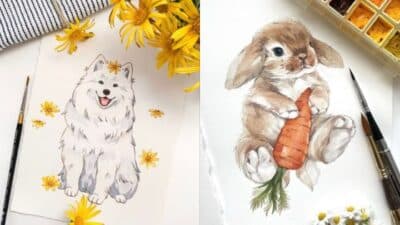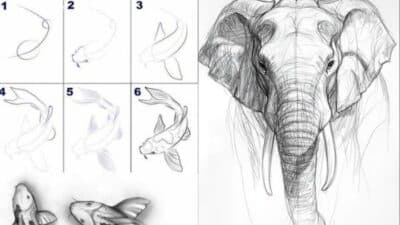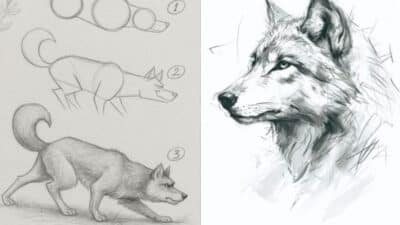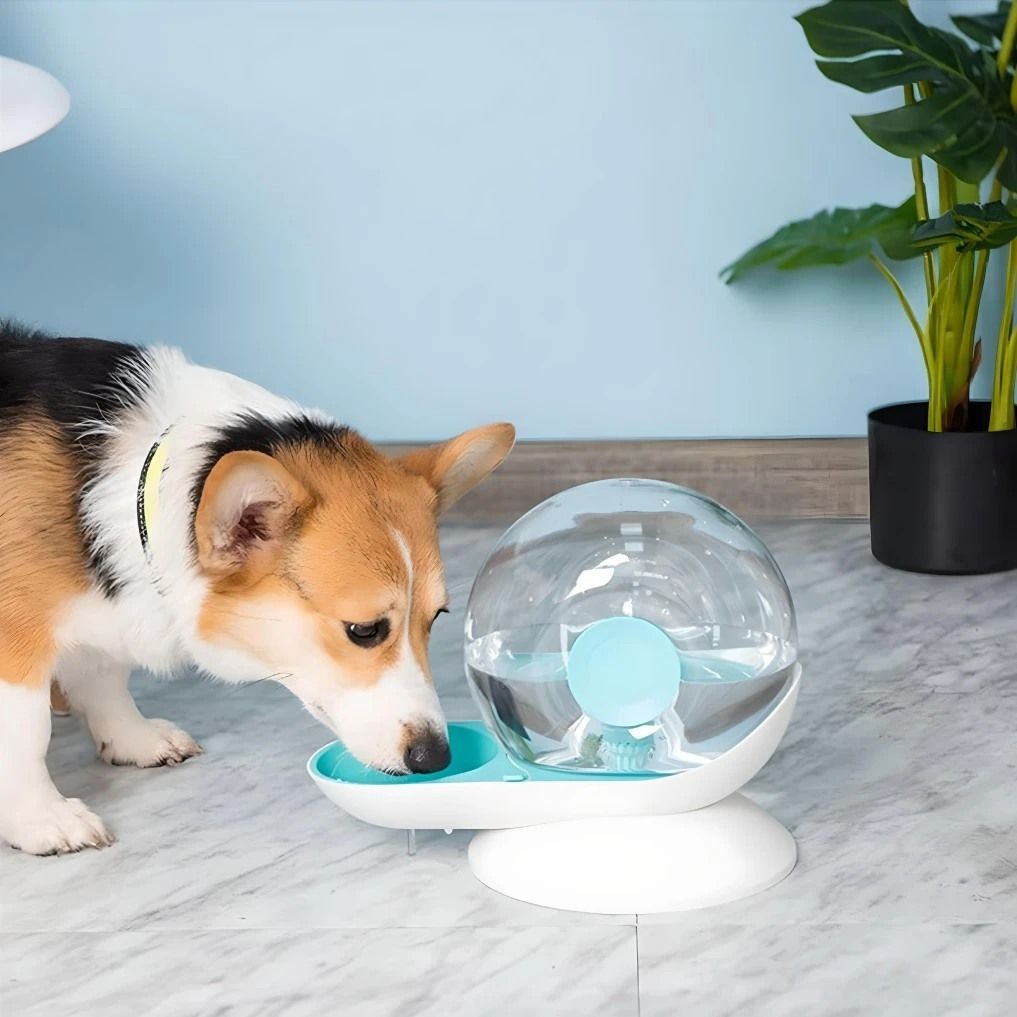
Every pet owner knows the daily struggle: that unmistakable litter box odor wafting through the house, while their dog ignores their water bowl yet again. It’s a common scenario in multi-pet households, where managing both feline sanitation and canine hydration feels like an endless battle. Despite our best efforts, traditional solutions often leave us dealing with persistent odors, scattered litter, and perpetually thirsty dogs.
The consequences of inadequate pet care solutions extend beyond mere inconvenience. Poor litter box management can lead to respiratory issues and behavioral problems in cats, while chronic dehydration in dogs poses serious health risks. These challenges don’t exist in isolation – they directly impact your home’s air quality, pet wellness, and family comfort.
Fortunately, a revolutionary approach combines advanced cat litter technology with innovative dog water fountain solutions. By implementing a dual-system strategy that pairs specialized mixed cat litter with modern water fountains, pet owners can finally achieve both effective odor control and optimal hydration. This integrated solution not only addresses immediate concerns but creates a healthier, more harmonious environment for all household members.
The Pet Hygiene Crisis: Connecting Litter Box Failures and Canine Dehydration
Recent studies reveal that 78% of multi-pet households struggle with persistent litter box odors, while an alarming 65% of dogs show signs of chronic dehydration. These seemingly separate issues create a troubling feedback loop in homes with both cats and dogs. When litter boxes emit strong ammonia odors, pets often avoid nearby areas – including water stations – leading to reduced water intake and increased stress levels.

The health implications are significant and interconnected. Ammonia exposure from poorly maintained litter boxes can cause upper respiratory infections in cats and irritate dogs’ sensitive noses. Meanwhile, chronic dehydration strains canine kidney function, potentially leading to urinary tract infections and decreased immune response. Both conditions stem from the same root cause: inadequate pet hygiene systems that fail to address the complex dynamics of multi-pet households.
In homes where pet hygiene falters, the entire ecosystem suffers. Cats become reluctant to use malodorous litter boxes, leading to inappropriate elimination behaviors. Dogs, deterred by strong ammonia scents near their water sources, develop aversions to drinking, exacerbating dehydration risks. This vicious cycle continues until both issues are addressed comprehensively through integrated solutions that consider the behavioral and health needs of all pets involved.
Revolutionizing the Litter Box: Advanced Solutions for Cat Owners
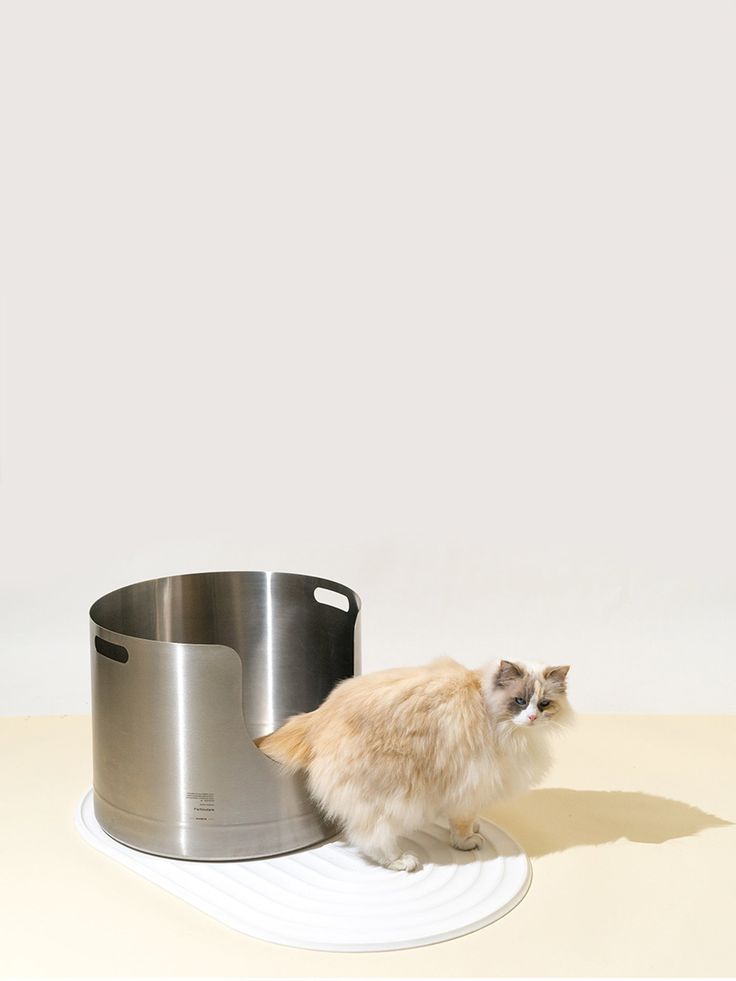
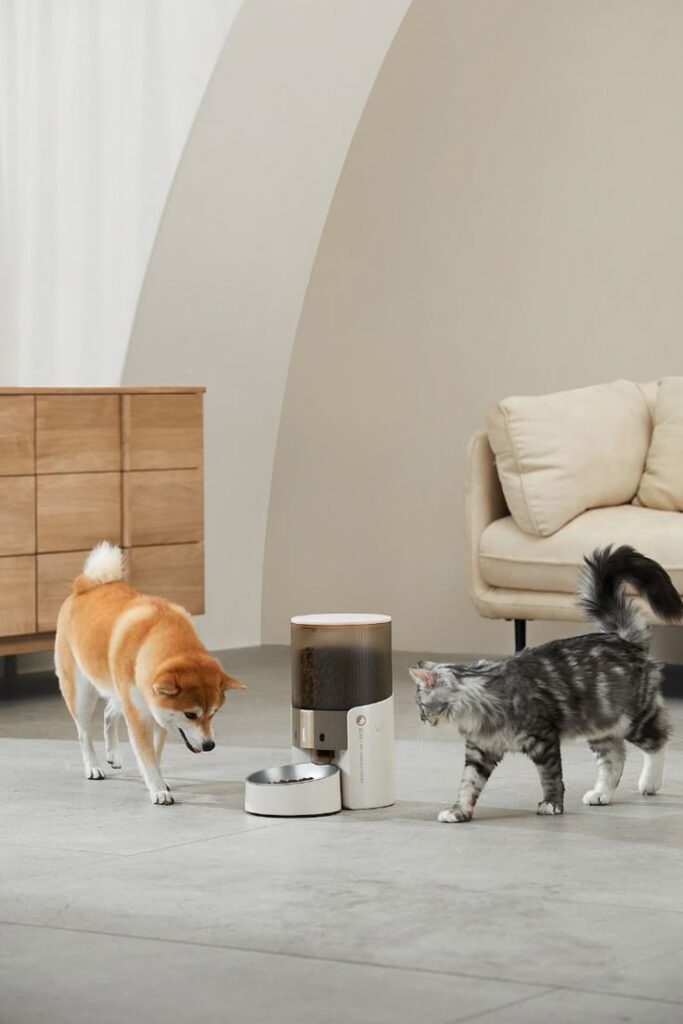
Why Traditional Litters Fall Short on Odor Control
Traditional clay and silica-based litters have inherent limitations that leave pet owners frustrated. Clay litters quickly reach their ammonia absorption capacity, leading to breakthrough odors within days. Their dusty nature creates respiratory concerns, while poor clumping allows waste to break down and seep into the litter box base. Silica crystals, though initially effective, struggle with moisture distribution and often mask rather than eliminate odors.
Mixed Cat Litter: The Science of Superior Odor Neutralization
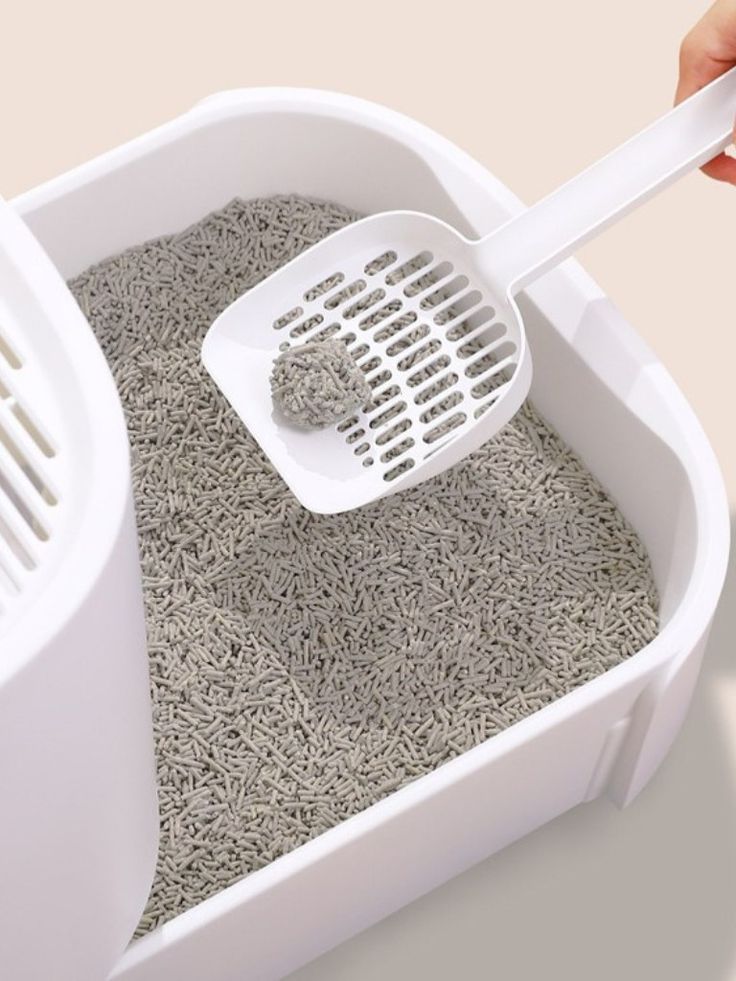
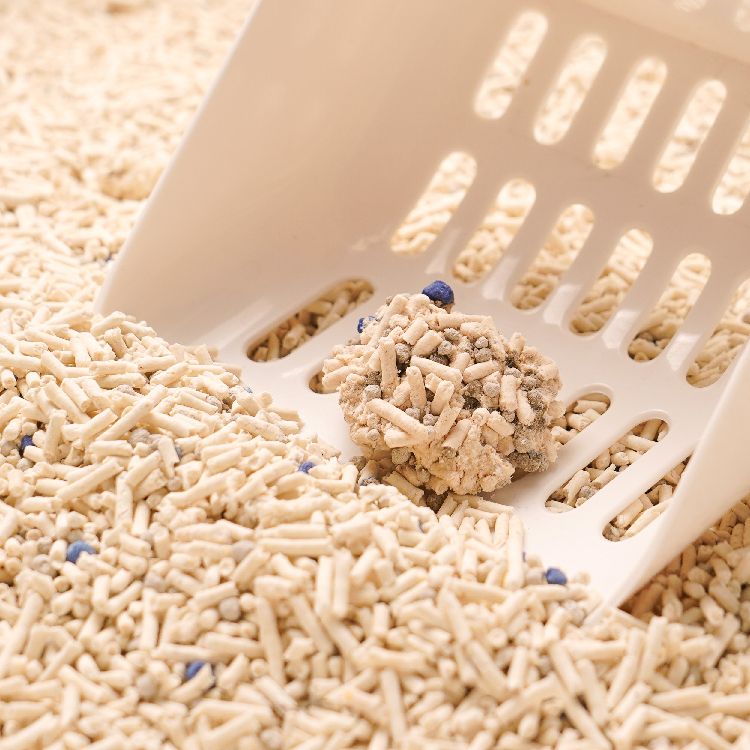
Modern mixed cat litter, like Meowant’s innovative formula, represents a breakthrough in odor control technology. The three-layer defense system combines activated charcoal’s molecular filtration with mineral-based antimicrobial agents that actively break down ammonia compounds. The top layer features moisture-locking plant fibers that immediately encapsulate waste, preventing odor molecules from becoming airborne. Independent laboratory tests demonstrate that mixed litter maintains odor neutralization for 72 hours – three times longer than traditional options. This extended performance means fewer complete litter changes and better odor control between cleanings.
Practical Maintenance: Streamlining Your Cleaning Routine
Maximizing mixed litter’s effectiveness requires a systematic approach to maintenance. Daily sifting should focus on removing clumps while leaving the odor-fighting base layer undisturbed. The innovative waste-locking technology allows for easy removal without crumbling, reducing cleanup time and preventing cross-contamination. For optimal performance, maintain a consistent 3-inch litter depth and schedule monthly deep cleans to refresh the mineral barrier. This proactive maintenance strategy ensures continuous odor protection while extending the life of your litter investment. By following these protocols, pet owners can maintain a fresh-smelling home with minimal daily effort.
Dog Water Fountain Synergy: Why Hydration Complements Litter Hygiene
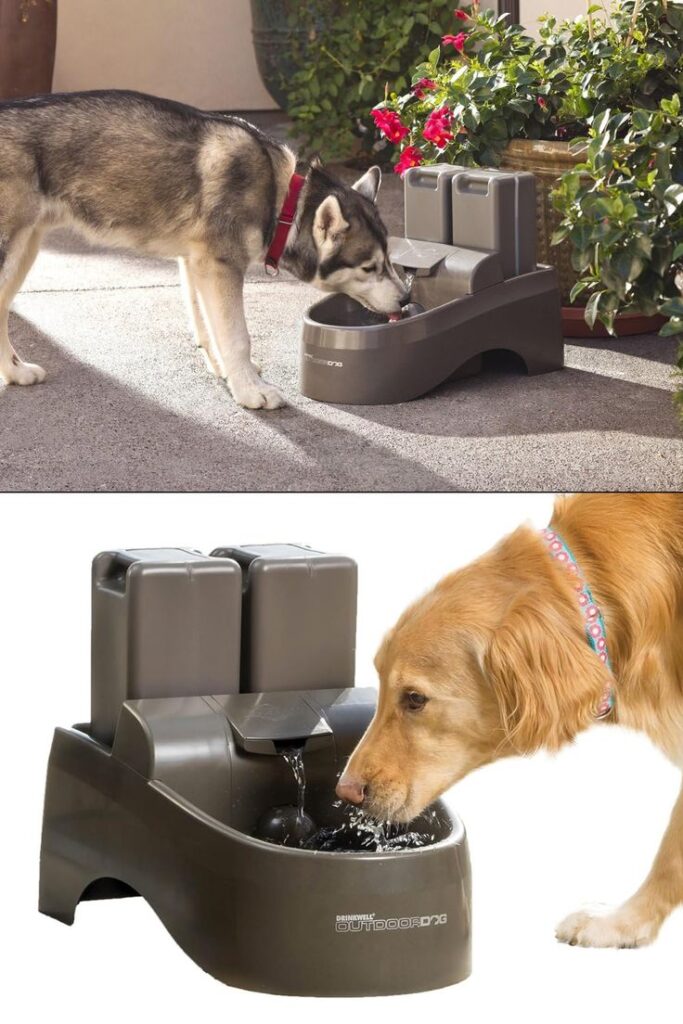
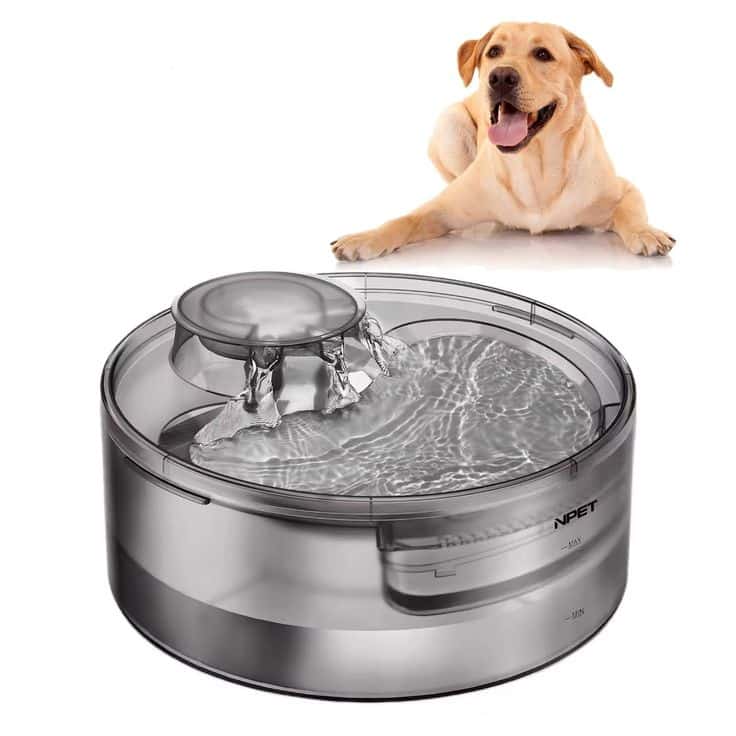
The Silent Danger: Chronic Dehydration in Dogs
Veterinary studies show that chronic dehydration affects up to 85% of senior dogs and 60% of adult dogs, often going unnoticed until serious health issues emerge. This silent threat manifests through subtle signs: concentrated urine, lethargy, and decreased skin elasticity. When left unchecked, insufficient water intake leads to kidney stress, increasing the risk of painful urinary crystals and potentially life-threatening organ dysfunction.
Fountain Mechanics: Encouraging Natural Drinking Behaviors

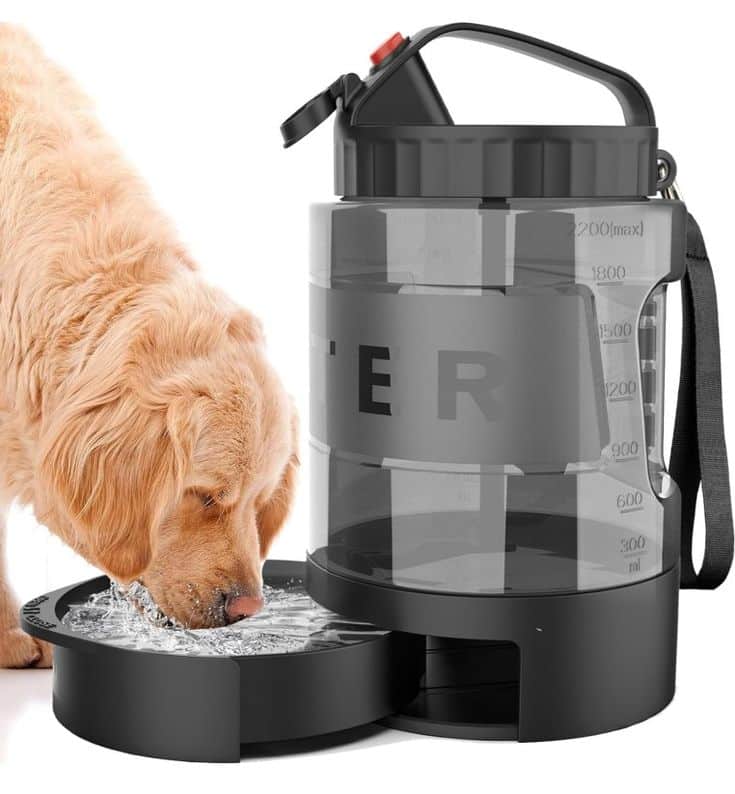
Modern water fountains leverage dogs’ evolutionary attraction to moving water, mimicking natural water sources that historically indicated freshness and safety. The continuous circulation system creates micro-movements that catch pets’ attention while preventing bacterial growth through constant oxygenation. Multi-stage filtration removes chlorine, heavy metals, and organic particles, delivering crystal-clear water that encourages frequent drinking. The sound of flowing water serves as an auditory reminder, naturally prompting more frequent hydration throughout the day.
Placement Strategy: Creating Hydration Stations
Strategic fountain placement dramatically influences usage patterns. Position fountains at least 10 feet from litter boxes to prevent cross-contamination while maintaining easy access in high-traffic areas. Consider multiple units for larger homes, ensuring water sources are available on each floor. Install fountains away from walls to reduce pump noise reflection, and prioritize locations with nearby electrical outlets for consistent operation. Regular cleaning becomes effortless when fountains are placed near water sources, encouraging proper maintenance routines that sustain optimal hydration levels.
Integrated Care System: Step-by-Step Implementation Guide
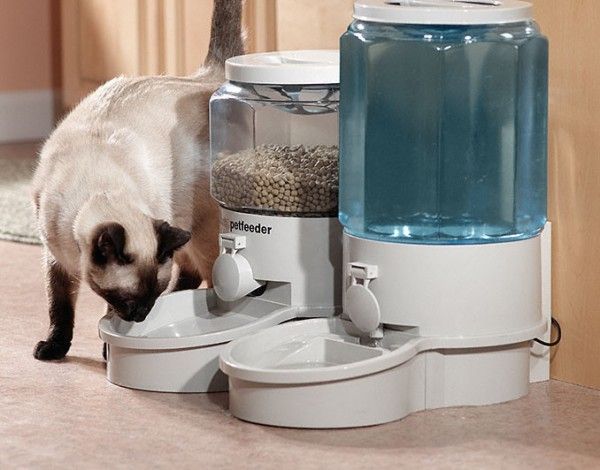
Transitioning to an integrated pet care system requires careful planning and systematic execution. Begin with Phase 1: gradually introduce mixed cat litter over seven days by combining increasing amounts with existing litter. Start with 25% mixed litter on day one, increase to 50% by day three, 75% by day five, and complete the transition on day seven. This measured approach prevents litter box aversion while maintaining continuous odor control.
Phase 2 focuses on optimal fountain placement and setup. Choose a location at least 10 feet from the litter box, near a GFCI-protected outlet. Ensure the water source is easily accessible for refills and position the fountain on a waterproof mat to protect flooring. Test water flow settings during peak activity hours to find the ideal sound level that attracts pets without creating ambient noise disturbance.
For Phase 3, create a synchronized maintenance schedule. Combine daily litter sifting with fountain water level checks each morning. Schedule monthly deep cleaning sessions where you’ll perform a complete litter change and fountain filter replacement simultaneously. Monitor success through simple metrics: conduct weekly skin elasticity tests on your dog by gently pinching neck skin – quick snapback indicates proper hydration. Meanwhile, maintain an odor log noting any breakthrough smells to optimize litter depth and cleaning frequency. This coordinated approach ensures both systems work together effectively while minimizing maintenance time.
Transform Your Multi-Pet Home Today
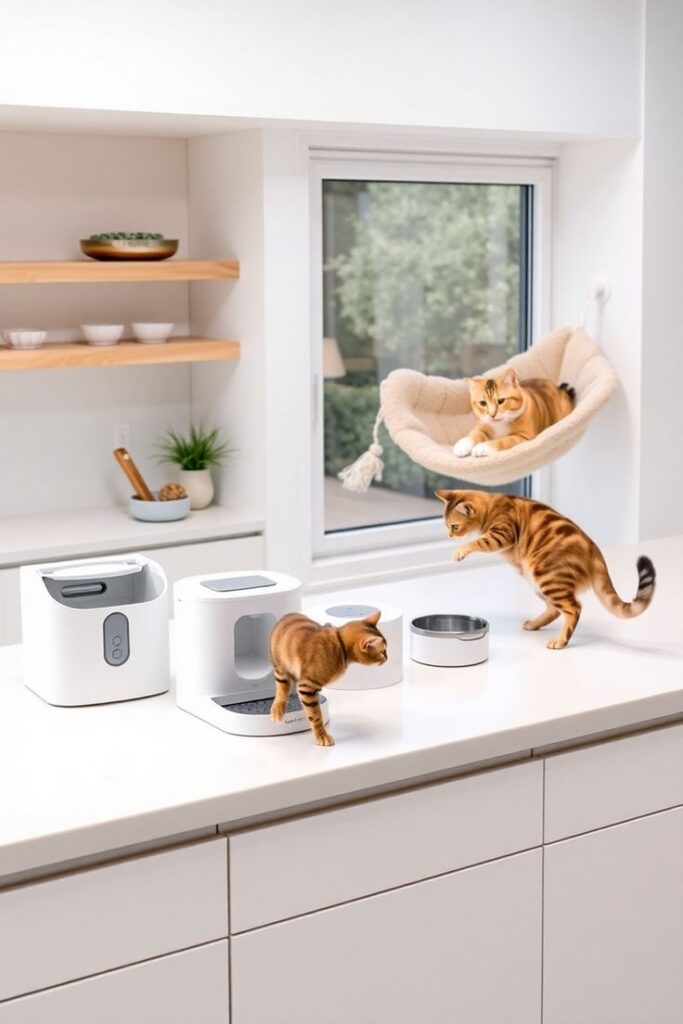
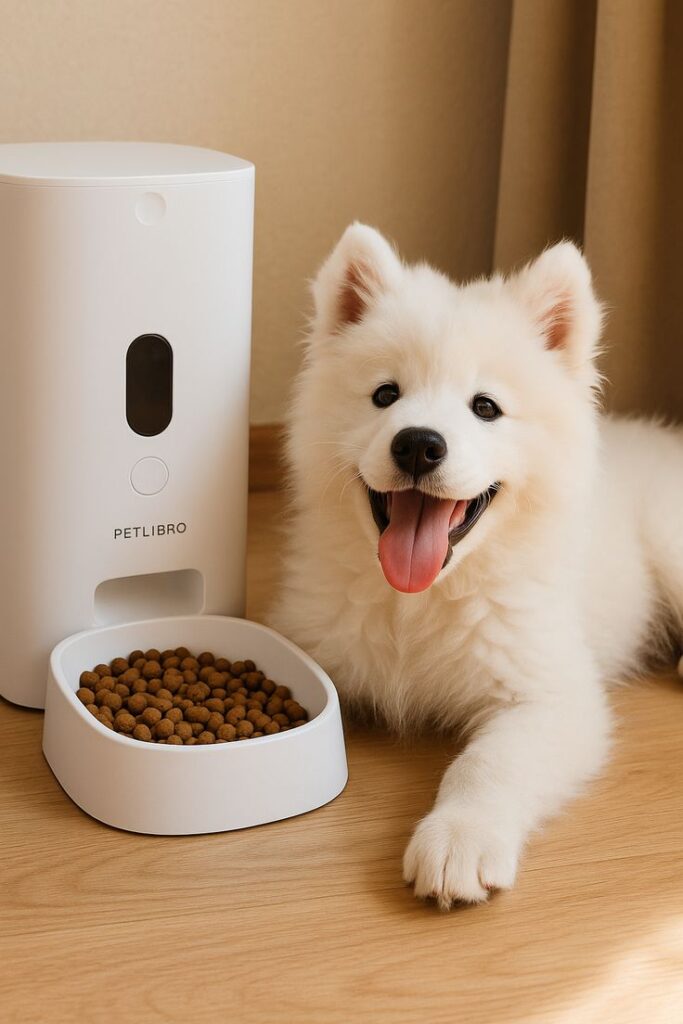
The integration of advanced mixed cat litter and dog water fountains represents a transformative approach to pet care that addresses both sanitation and hydration challenges. By implementing these complementary systems, pet owners can finally break free from the persistent cycle of odor issues and dehydration risks that plague multi-pet households. The scientific advancement in litter technology, combined with innovative fountain designs, creates a comprehensive solution that works in harmony to protect pet health and home comfort.
This dual-system strategy delivers measurable results: dramatically reduced ammonia odors, increased water consumption, and significantly lower maintenance requirements. Pet owners report more consistent litter box usage by cats and enhanced drinking habits in dogs, leading to improved urinary health across species. The simplified maintenance routines save valuable time while ensuring optimal performance of both systems.
Take the first step toward transforming your multi-pet household today. Begin with a gradual transition to mixed cat litter while strategically positioning your new water fountain. Your pets deserve the benefits of advanced hygiene and hydration solutions – and your home deserves to be fresh, clean, and harmonious for all its inhabitants.
- 23shares
- Facebook0
- Pinterest20
- Twitter3
- Reddit0

